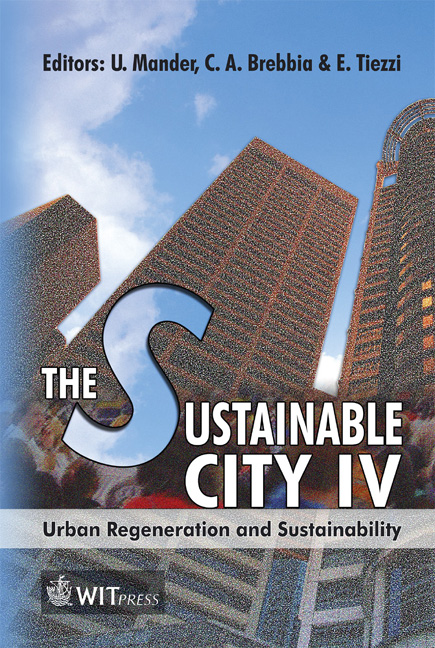Hydrogen City
Price
Free (open access)
Transaction
Volume
93
Pages
9
Published
2006
Size
347 kb
Paper DOI
10.2495/SC060501
Copyright
WIT Press
Author(s)
C. Jefferson & J. Skinner
Abstract
It has been predicted that by the year 2020 the demand for oil and gas will outstrip supply, which is bound to force up prices. At that stage hydrogen will become increasingly important in filling the gap. The market for hydrogen will expand to meet increasing demand. The quest to reduce CO2 emissions will accelerate this demand. Fifteen years is a short time in which to prepare for the change. Many commentators consider we will reach this point sooner while some say we have already reached it. This matter will strongly influence the criteria for sustainability in urban planning and development. This paper seeks to show how innovative transport planning can contribute to sustainability rather than detract from it. 1 Objectives of a carbon free city The objectives in planning a carbon free city can be summarised thus: • Provision of sufficient affordable housing • Energy self sufficiency • Zero net carbon emissions • Car free mobility and accessibility • A safe and healthy environment 2 Aims of planning policy • To provide compact neighbourhoods of up to 2000 dwellings, of which 30% would be low cost dwellings with low or zero private car dependence, with community based energy supply and good access to open space.
Keywords





